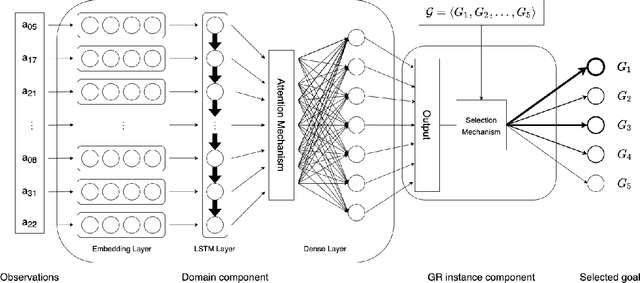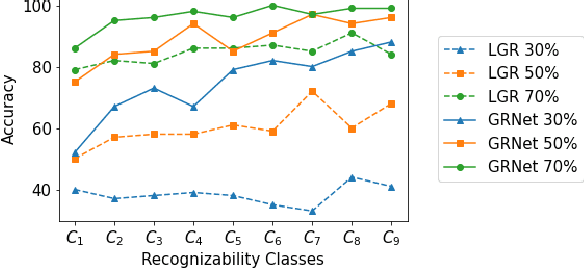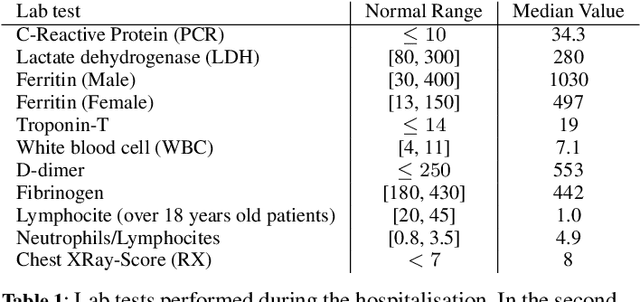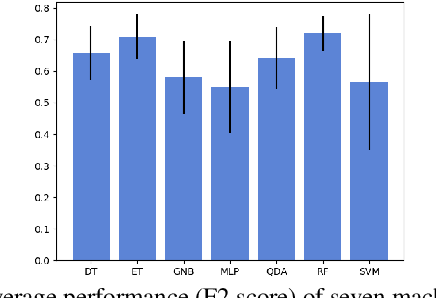Luca Putelli
Goal Recognition as a Deep Learning Task: the GRNet Approach
Oct 05, 2022



Abstract:In automated planning, recognising the goal of an agent from a trace of observations is an important task with many applications. The state-of-the-art approaches to goal recognition rely on the application of planning techniques, which requires a model of the domain actions and of the initial domain state (written, e.g., in PDDL). We study an alternative approach where goal recognition is formulated as a classification task addressed by machine learning. Our approach, called GRNet, is primarily aimed at making goal recognition more accurate as well as faster by learning how to solve it in a given domain. Given a planning domain specified by a set of propositions and a set of action names, the goal classification instances in the domain are solved by a Recurrent Neural Network (RNN). A run of the RNN processes a trace of observed actions to compute how likely it is that each domain proposition is part of the agent's goal, for the problem instance under considerations. These predictions are then aggregated to choose one of the candidate goals. The only information required as input of the trained RNN is a trace of action labels, each one indicating just the name of an observed action. An experimental analysis confirms that \our achieves good performance in terms of both goal classification accuracy and runtime, obtaining better performance w.r.t. a state-of-the-art goal recognition system over the considered benchmarks.
Prognosis Prediction in Covid-19 Patients from Lab Tests and X-ray Data through Randomized Decision Trees
Oct 09, 2020



Abstract:AI and Machine Learning can offer powerful tools to help in the fight against Covid-19. In this paper we present a study and a concrete tool based on machine learning to predict the prognosis of hospitalised patients with Covid-19. In particular we address the task of predicting the risk of death of a patient at different times of the hospitalisation, on the base of some demographic information, chest X-ray scores and several laboratory findings. Our machine learning models use ensembles of decision trees trained and tested using data from more than 2000 patients. An experimental evaluation of the models shows good performance in solving the addressed task.
* 5th International Workshop on Knowledge Discovery in Healthcare Data (KDH) at ECAI 2020, mortality prediction, COVID-19
 Add to Chrome
Add to Chrome Add to Firefox
Add to Firefox Add to Edge
Add to Edge